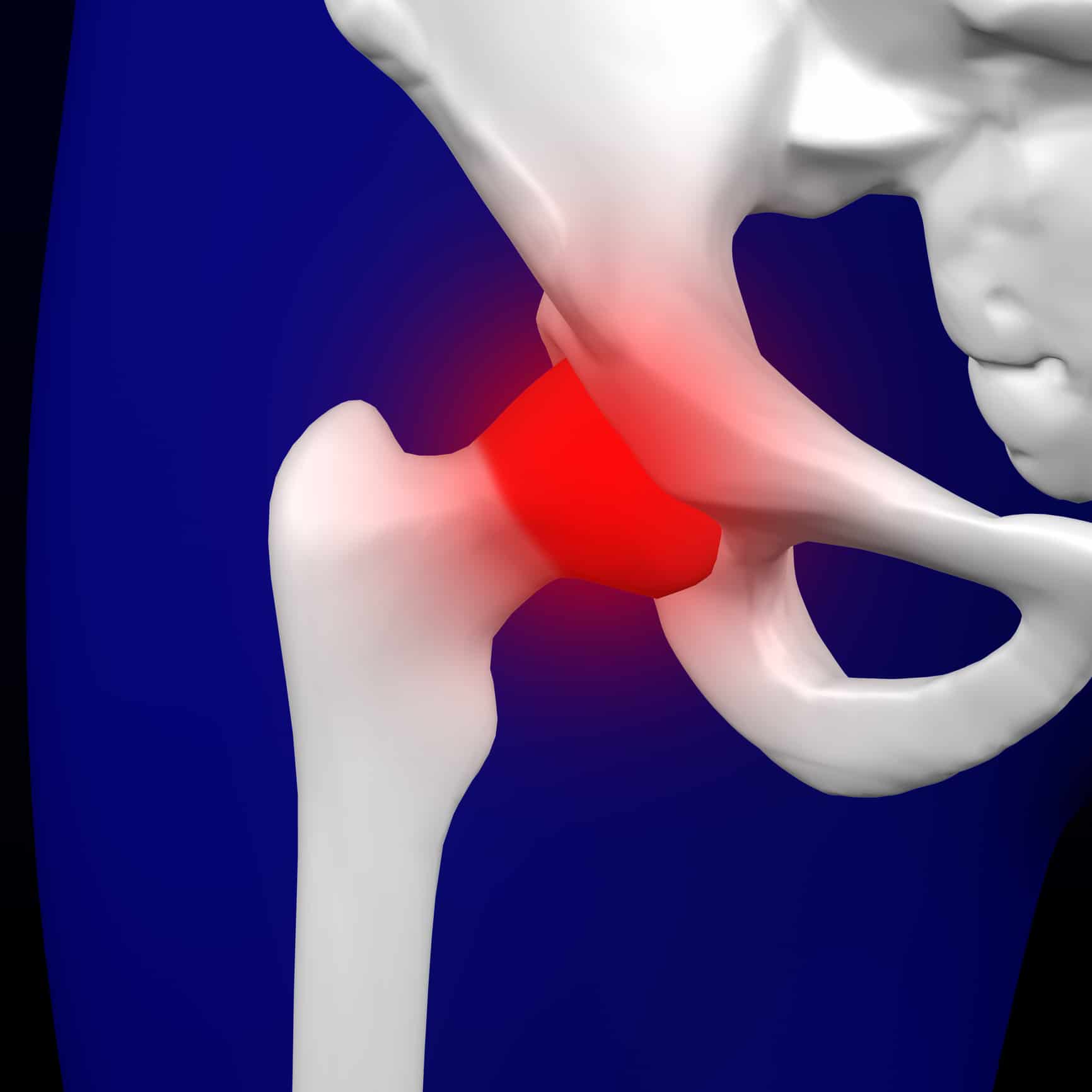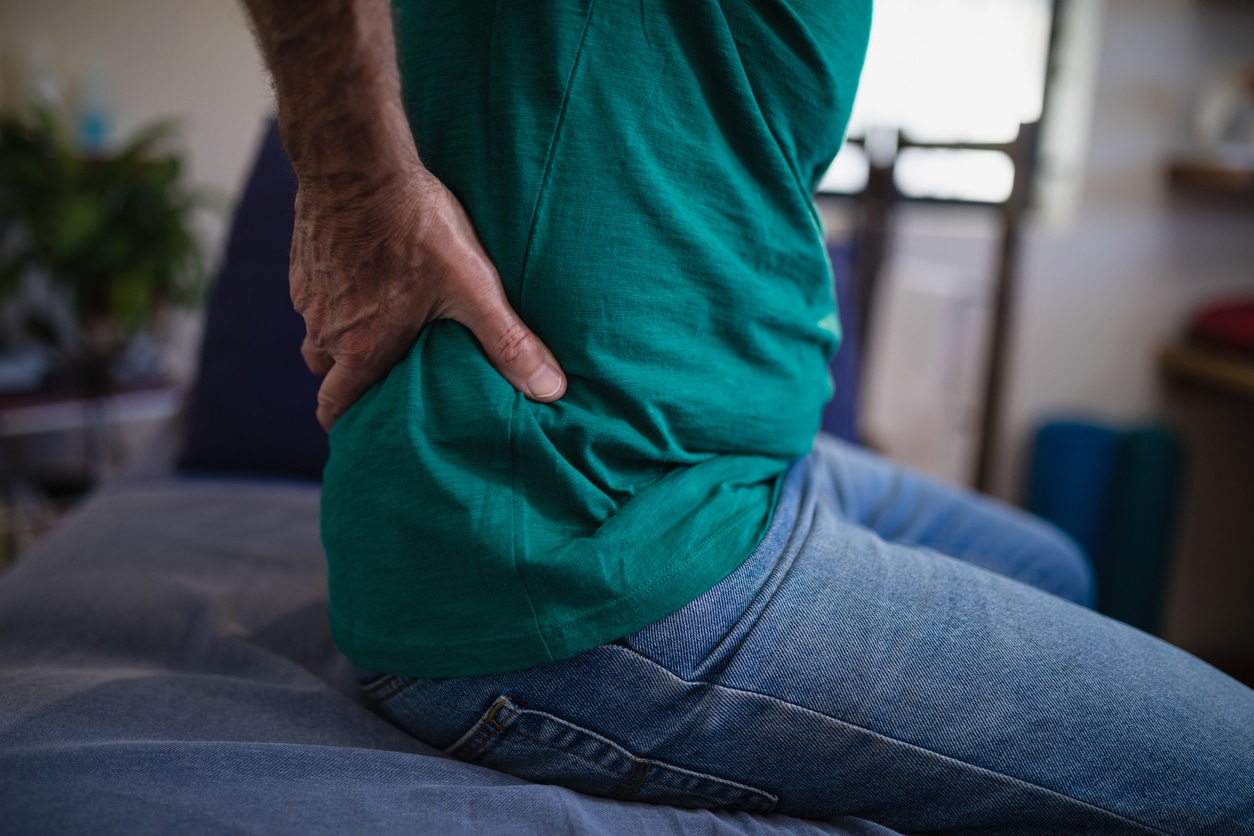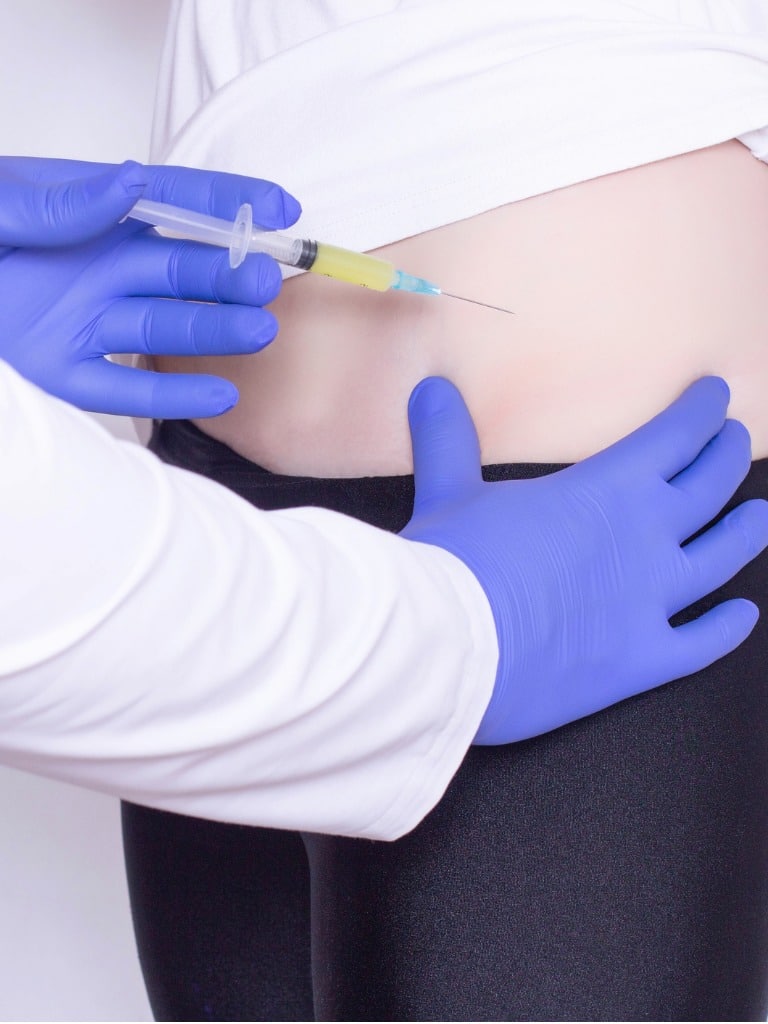The bursae are critical for helping our joints move smoothly. They act as cushions for the bones, tendons, and ligaments in our joints. Overuse these small fluid-filled sacs at your own peril — they’ll tell you by becoming irritated and swollen. If this is the case, you have bursitis.
Bursitis is common in the shoulders, elbows, and hips. In the hips, there are two bursae that become irritated and inflamed. At Pinehurst Surgical Orthopaedic & Joint Replacement Center, we’ll help you get past the pain of hip bursitis.
What Is Hip Bursitis?
In the hip, there are two major bursae. One bursa covers the bony point of the hip, This is the greater trochanteric bursa. Inflammation of this bursa is called trochanteric bursitis. It is the more common bursitis of the hip. The other bursa is located on the inside of the hip toward the groin. It is called the iliopsoas bursa. Bursitis in the iliopsoas bursa is far less common than trochanteric bursitis. Both of these inflammations are known as hip bursitis.

Is Bursitis a Form of Arthritis?
Bursitis is not a form of arthritis. Arthritis is joint inflammation. In the hips, this is usually associated with osteoarthritis (wear and tear arthritis). Bursitis is inflammation of the bursa, the small, jelly-like sacs that are positioned between bones and soft tissues.
How is Hip Bursitis Diagnosed?
Hip bursitis can be mistaken for symptoms of other conditions. That’s where Dr. Moore’s extensive experience as a board-certified orthopedic surgeon comes into play. When diagnosing hip bursitis, he first must rule out other potential causes, such as hip osteoarthritis, tendonitis, iliotibial band syndrome, and conditions affecting the lower back. To rule out conditions such as osteoarthritis, Dr. Moore may order imaging tests, such as x-rays, bone scans, or magnetic resonance imaging. Blood tests may be used to rule out or confirm certain systemic inflammatory conditions, such as rheumatoid arthritis, psoriatic arthritis, and gout.
Dr. Moore will conduct a physical exam and discuss your symptom history, along with your medical history. We’re looking for a pattern of pain and other symptoms.
Symptoms Of Bursitis of the Hip

The main symptom of any bursitis is pain. With trochanteric bursitis that pain is at the point of the hip, and it usually extends to the outside of the thighs. Initially, the pain is acute, sharp, and intense. As the pain endures, it becomes more of an ache and spreads across a larger area.
The pain can be worse after long walks, climbing many stairs, or any time squatting. The pain typically worsens at night, when lying on the affected hip, and when getting up from a chair after being seated for a period of time.
Who is at Risk for Bursitis?
Hip bursitis is more common in women, and in middle-aged and elderly people. There are certain risk factors that are associated with a person developing hip bursitis.
- Hip Injury – This can be a fall onto your hip, a bump with your hip, or even when you lie on one side of your body for an extended period of time.
- Repetitive stress or overuse – When you’re a runner, cyclist, run stairs, or have a job that keeps you on your feet for long periods, you’re more likely to develop bursitis.
- Unequal leg lengths – When one leg is significantly shorter than the other, the stress when walking can lead to irritation of the bursa.
- Rheumatoid arthritis – This increases the likelihood that your bursa will become inflamed.
- Spine disease – Scoliosis, osteoarthritis in the lumbar spine, and other diseases inflame the hip bursae.
- Previous surgery – Hip replacement or surgery in the area can lead to bursitis.
- Bone spurs – These can develop within the tendons that attach muscles to the trochanter.
Can Bursitis Spread to Other Joints?
The bursa is individual sacs that provide cushioning between bones and adjacent soft tissues. They don’t work together and are not susceptible to inflammation spreading from one bursa to another.
What can happen is not spreading, per se, but evolving inflammation. If the activities you’re doing are irritating and inflaming bursa in one area, it would be logical that if you don’t cease the activity you could begin to irritate adjacent bursa. In the hips, the bursa that covers the bony point of the hip bone called the greater trochanter is prone to inflammation. This is trochanteric bursitis. Another bursa, the iliopsoas bursa, is located on the inside of the hip. If you have a hip injury or are overusing the hips such as when running, you could cause both bursae to become inflamed.
Hip Bursitis Treatment
Any initial treatment for hip bursitis at Pinehurst Surgical Orthopaedic & Joint Replacement Center is nonsurgical. Certain lifestyle changes can calm the inflammation and relieve the pain.
These are non-surgical treatments used:
- Make some changes in your activities – If you’re a runner, you may want to change to swimming or cycling for a while to see if your hip bursitis calms. Avoiding physical actions that irritate the trochanteric bursa is a start.
- Non-steroidal anti-inflammatories (NSAIDs) – Ibuprofen, naproxen, piroxicam, celecoxib, and other NSAIDs can relieve the pain and control inflammation.
- Physical therapy – We have a regimen of exercises that increase flexibility and strength in your hips. These may be done on your own, or with a physical therapist. We’ll also show pursue ice/heat therapy and possibly an ultrasound.
- Steroid injections – We can provide injections of a corticosteroid along with a local anesthetic to relieve your pain. This is a single injection directly into the trochanteric bursa. These injections can provide months of relief or even permanent relief in some cases. These injections need to be limited, however, because they can damage surrounding tissues.

If nonsurgical treatment doesn’t relieve your symptoms of hip bursitis, Dr. Moore may opt for surgery. With hip bursitis, surgery is rarely needed, but in some cases, the bursa remains inflamed and painful despite physical therapy and other treatment. Surgery involves removing the bursa. This doesn’t affect the function of the hip and it doesn’t damage the hip.
Dr. Moore prefers to perform this surgery arthroscopically, if possible. He makes a small incision over the hip and a small camera, an arthroscope, is inserted. This provides guidance for miniature surgical instruments to be inserted through a second small incision to cut out the bursa.
Hip Bursitis Recovery Time
There is no set timeframe for your hip bursitis to calm down. Much of this depends on you and if you’re willing to make the changes necessary to avoid the stress you’ve been placing on your hips. This can involve lifestyle changes such as losing weight or committing to physical therapy to strengthen the support muscles.
Usually, this is not an instant fix, however. It took time for your trochanteric bursa to become inflamed, and it will take a little time to calm it down and alleviate your pain.
What Our Patients Have to Say
"Excellent Doctor and staff. Treat you like a person, not a number. Would not think twice about recommending to family and friends!"
Click here to read more reviews.
What Happens if I Don’t Treat My Hip Bursitis?
Although hip bursitis won’t progress into other conditions, there’s no reason to suffer the pain and impact on the things you like to do by not having Dr. Moore and our team help you. Treatments are invariably non-surgical and are typically successful. We’ll help you calm down the inflammation, and we’ll move on to helping you minimize flare-ups through the icing, possible topical anti-inflammatory medications, physical therapy, aspiration of the swollen hip bursa, or even corticosteroid injections.
How can I Prevent Hip Bursitis?
What Exercise is Best for Hip Bursitis?
Various exercises can be very helpful in relieving the inflammation and pain associated with trochanteric bursitis (where the pain is on the outer point of the hip). These exercises build strength and return flexibility.
Stretching Exercises for Hip Bursitis:
- Gluteal stretch – Lie on your back with both knees bent. Rest the ankle of your injured side over the knee of your other leg. Grasp your thigh of your uninjured side and pull it toward your chest. You’ll feel the stretch along your buttocks on the injured side and along the outside of the hip. Hold for 15 to 30 seconds and repeat three times.
- The iliotibial band stretches – You can cross your uninjured leg in front of the other leg and bend down, reaching toward the inside of your back foot. Hold this stretch for 15-30 seconds. Repeat three times. Or stretch from the side. Stand sideways near a wall with your injured side closest to the wall. Place a hand on the wall for support and then cross the leg farther from the wall over the other leg, keeping your injured side foot on the floor. Lean your hips into the wall and hold the stretch for 15-30 seconds. Repeat three times.
Strengthening Exercises for Hip Bursitis:
- Side planks
- Regular planks
- Wall Sits and Squats
- Side-lying leg lift – Lie on your uninjured side. Tighten the front thigh muscles on your injured leg and lift that leg 8-10 inches away from the other leg. Keep it straight and then lower it slowly. Two sets of 15 repetitions.
- Clam exercise – Lie on your uninjured side with your hips and knees bent and feet together. Slowly raise your top leg toward the ceiling while keeping your heels touching each other. Hold for two seconds and lower slowly. Two sets of 15 repetitions.
Schedule a Consultation
To schedule a consultation or to learn more about Hip Bursitis treatments, contact us today at 910.295.0224. Our practice serves Pinehurst, NC, and the surrounding areas.


